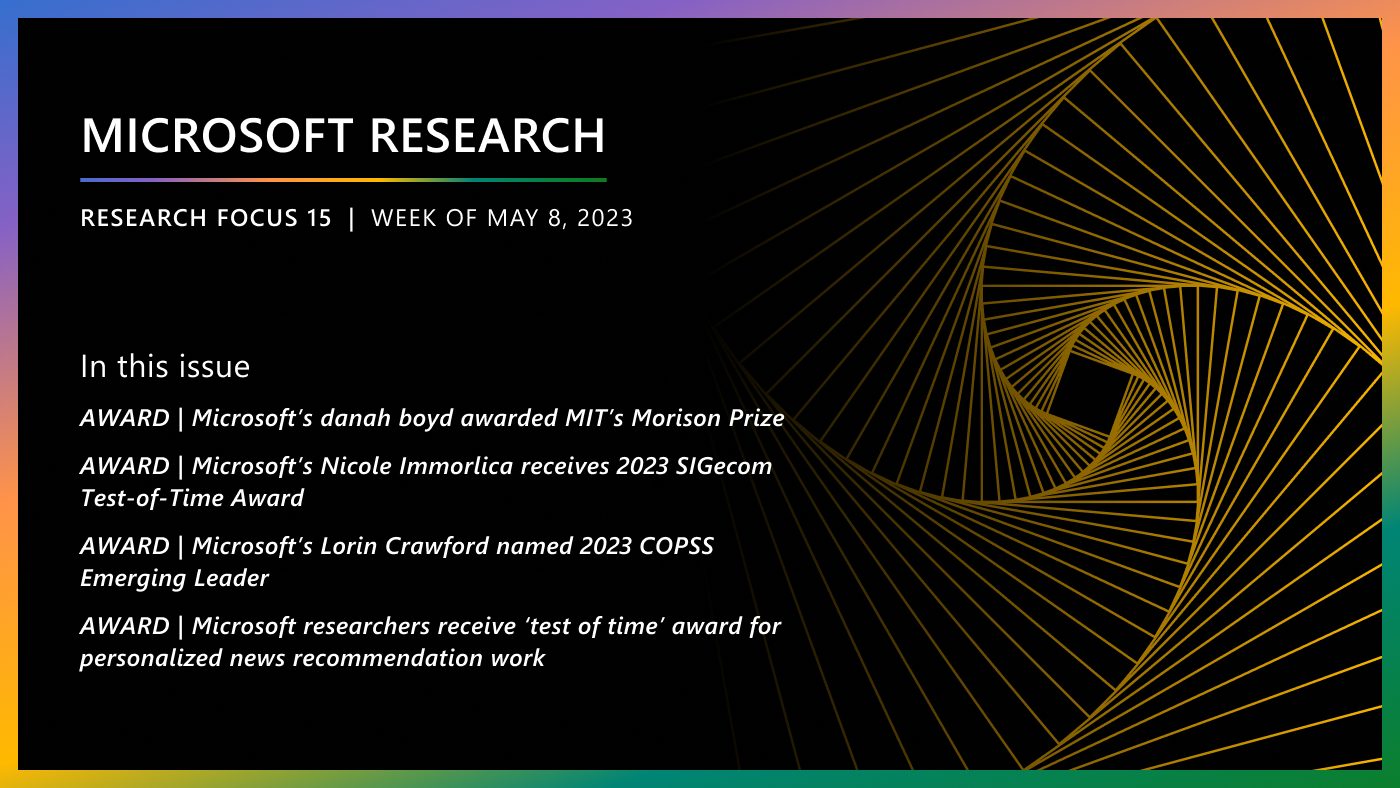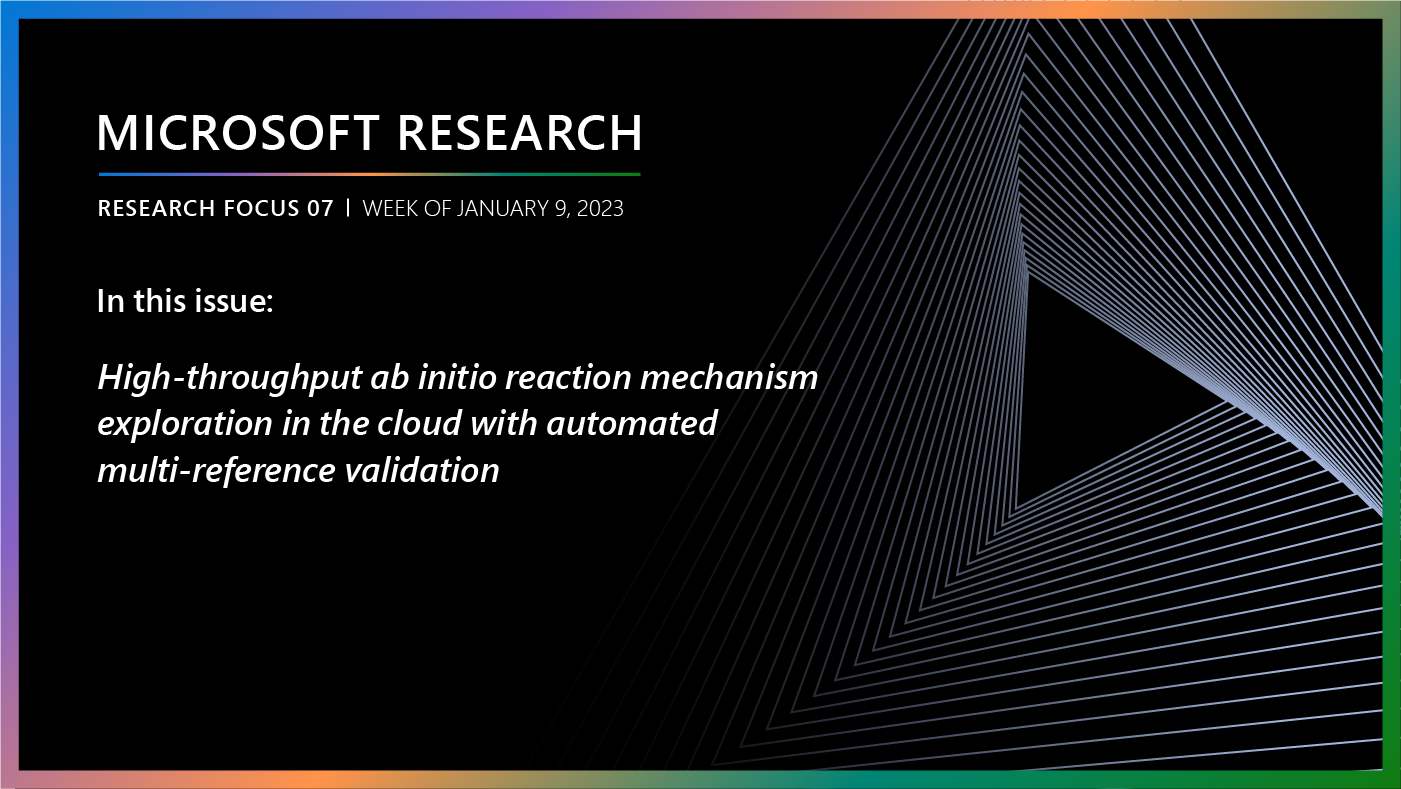New paper suggests quantum computers will address problems that could have substantial scientific and economic impact

The MoFe protein, left, and the FeMoco, right, would be able to be analyzed by quantum computing to help reveal the complex chemical system behind nitrogen fixation by the enzyme nitorgense.
With rapid recent advances in quantum technology, we have drawn ever closer to the threshold of quantum devices whose computational powers can exceed those of classical supercomputers.
But when a useful, scalable general-purpose quantum computer arrives, what problems will it solve?
Microsoft Research Blog
Much work has already been done towards identifying areas where quantum computing provides a clear improvement over traditional classical approaches. Many suspect that quantum computers will one day revolutionize chemistry and materials science; the likely ability of quantum computers to predict specific properties of molecules and materials fits this outcome nicely.
However, a number of important questions remain. Not the least of these is the question of how exactly to use a quantum computer to solve an important problem in chemistry. The inability to point to a clear use case complete with resource and cost estimates is a major drawback. After all, even an exponential speedup may not lead to a useful algorithm if a typical, practical application requires an amount of time and memory that is beyond the reach of even a quantum computer.
Our paper (opens in new tab) published earlier this week at the Proceedings of the National Academy of Sciences confirms the feasibility of such a practical application, showing that a quantum computer can be employed to reveal reaction mechanisms in complex chemical systems, using the open problem of biological nitrogen fixation in nitrogenase as an example.
Today, we spend approximately 3 percent of the world’s total energy output on making fertilizer. This relies on a process developed in the early 1900s (opens in new tab) that is extremely energy intensive—the reaction gas required is taken from natural gas, which is in turn required in very large amounts. However, we know that a tiny anaerobic bacteria in the roots of plants performs this same process every day at very low energy cost using a specific molecule—nitrogenase (opens in new tab).
This molecule is beyond the abilities of our largest supercomputers to analyze, but would be within the reach of a moderate scale quantum computer. Efficiently capturing carbon (to combat global warming) is in the same class of problem. The search for high-temperature superconductors is another example.
This paper shows that these kinds of necessary computations can be performed in reasonable time on realistic quantum computers—demonstrating that quantum computers will one day tackle important problems in chemistry without requiring exorbitant resources. This paper also gives us further confidence that quantum simulation will be able to provide answers to problems with a tremendous potential for scientific and economic impact.
Editor’s Note: The paper’s authors contributed to this post: Markus Reiher, Nathan Wiebe, Krysta Svore, Dave Wecker and Matthias Troyer.
Related:
- Microsoft doubles down on quantum computing bet (opens in new tab)
- Learn more about Station Q (opens in new tab)
- Read about the quest for a quantum future (opens in new tab)
- New York Times: Microsoft makes bet quantum computing is next breakthrough (opens in new tab)
- With quantum computing simulator, Microsoft offers a sneak peek into the future of computing (opens in new tab)
- Follow Krysta Svore (opens in new tab), Dave Wecker (opens in new tab), Matthias Troyer (opens in new tab) on Twitter



